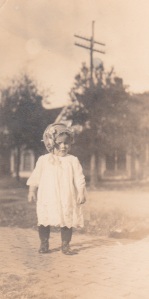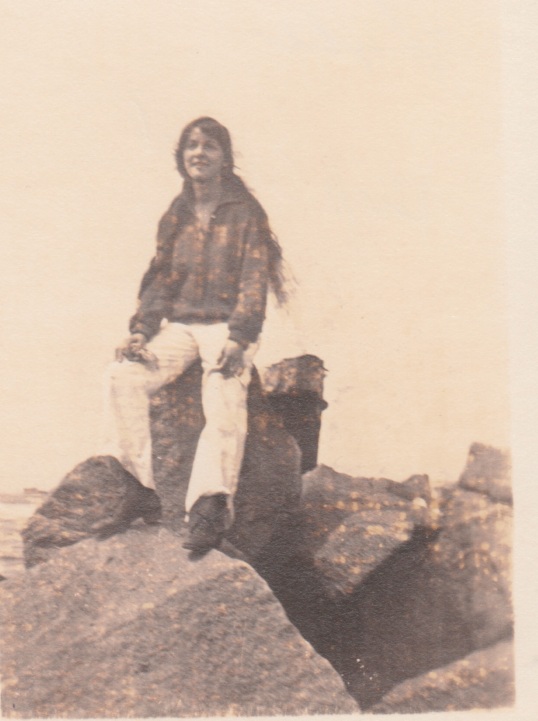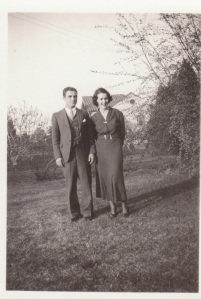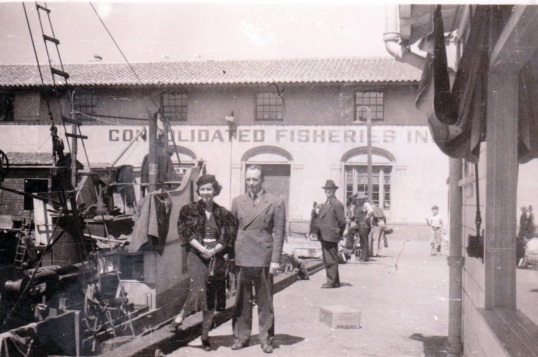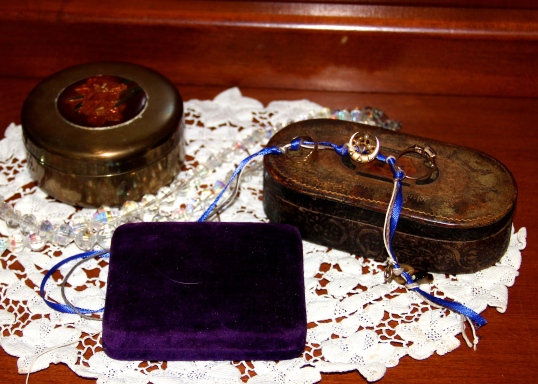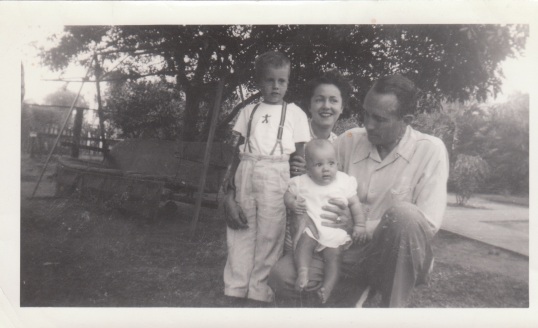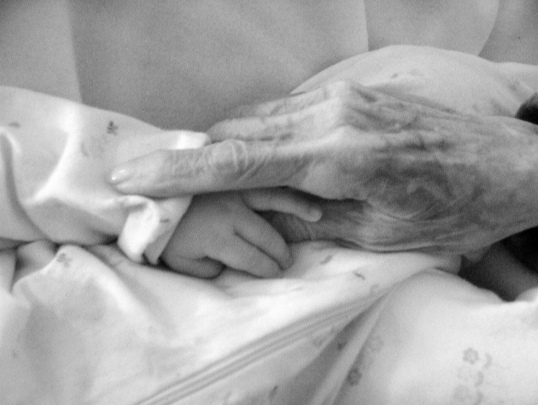Two days ago I was diagnosed with trigeminal neuralgia. The trigeminal nerve is spasming causing shock-like pain behind and in my ear. It’s not a lightweight diagnosis, nor is the medication prescribed to treat it. The drug can cause all the normal side effects, like drowsiness, nausea, vomiting and diarrhea, and it can mess with a person’s bone marrow. TN is what people with MS have, or people with a tumor. I have neither.
I won’t be taking the drug. I suppose there’s a never-say-never clause because it hurts like crazy. I cry out in pain at random moments, when I smile, cough, touch my ear–and when I get the electric shock in front of someone, it’s disconcerting.
I went to my chiropractor. He said my neck was tight and my jaw was out. He adjusted both and said he was sure that would help. It did, but hasn’t cured it.
I have to ask the questions. Why is my neck so tight? Why am I grinding my teeth at night? What am I angry or upset about? What am I not saying?
And, what is the best way to treat this?
Those are the questions I need to ask before I take a drug that could compromise my bone marrow.
My chiropractor told me a story.
“I started taking anti-anxiety drugs a few years back. Then they said I needed a drug to lower my triglycerides, then a thyroid drug, then a blood pressure drug. Until I was taking six different medications. And then I got it,” he said. “I’m taking too many drugs.”
He went off all the drugs, except half his blood pressure medication.
“I feel so much better,” he said. “I can feel my hands now.”
That’s good, I thought, since you’re adjusting my jaw and neck!!
Medicines do save lives. They do have a place. But choosing a drug is like playing Russian Roulette.
“Doctors are great mechanics,” my brothers says. “They know what to do when the heart fails, or a kidney needs replacing. But why do you think they call it a medical practice?” he says.
There’s a lot they don’t know about healing the body, which places us, the consumer, in the position of knowing what we need for our own body.We trust them to give us their best advice and then we explore. We get second opinions, not just from mainstream medical practitioners, but from chiropractors, naturopaths, acupuncturists, body and energy workers, like Reiki masters and massage therapists, and counselors. We do our research. We listen to our body. We ask it what is going on…and expect an answer.
I’m reading a book, “No Enemies Within, A Creative Process for Discovering What’s Right about What’s Wrong, by Dawna Markova.” Markova had been diagnosed with terminal cancer more than 15 years ago. She set about the task to heal herself, but kept working with the oncologist.
When it became obvious I wasn’t going to die immediately, as he [her oncologist of a couple of years] had predicted, I waited for him to ask me what I was doing to heal myself. He never did. My check-ups got further and further apart. Finally, I was only going into New York once every six months. We greeted each other the same way each time: I’d ask, “Are you still alive?” and he’d say, “Sure am. Are you still alive?” I had been trained in avoidance and denial at an early age, but this man was a pro.
Finally, I could resist no longer. I had to ask. “Tell me, Dr. Stethococus, since you said that no one who was challenged with this kind of cancer has ever survived, why haven’t you asked me what I am doing to make it?”
He swiveled in his maroon leather chair and looked out the window. The lines in his cheeks were deep grooves. His silvery eyebrows hung down over his eyes. The sill was covered with gold framed pictures of his children and grandchildren. He turned back, stood up, and began to pace, his hands stuffed into the pockets of his white coat like discarded tissues. He steps were hesitant, unconscious. His words finally came when he was walking away from me. “All my patients die, you see. I’m an old man now. I’ll retire soon.”
He ran out of space, turned to the left as if on a parade ground, and walked silent to a small mahogany table in the corner. His pipes were neatly displayed in a rack. He picked up the closest one, intricately carved and mellowed. I’m not even sure he was aware he was holding it, as [he continued]. “I went into medicine to save lives, you see?” He faced me directly, his eyes swimming, his words stretching across the room. “If I knew what you’ve done, it would mean there may have been something more I could have done to help my other patients. I’m an old man. I’m going to retire soon. I don’t think I could live with that. Can you understand?”
Markova’s story is a testimony to the remarkable and willful denial of those in our mainstream medical system to acknowledge that there might be another way.
A caveat. Markova wrote her book in 1994 and she talks about having cancer 15 years prior. But the principals and the principles remain the same. We continue with a downstream model of healthcare, treating disease downstream, instead of treating the cause upstream. The dam is leaking. And I’m ranting.
